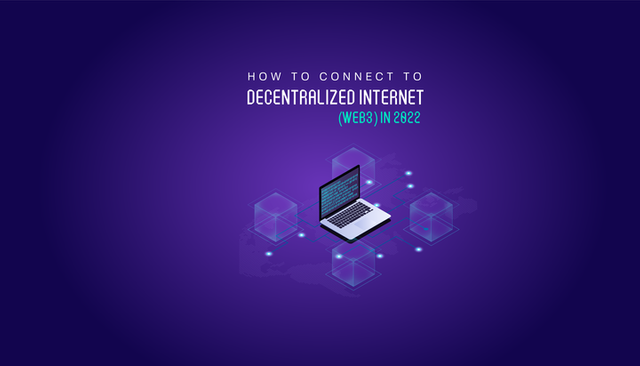
Have you ever wondered how blockchain tech will help upgrade the internet to its latest generation, Web 3.0? How exactly are we going to connect to the decentralized web?
The Web3 stack is constantly evolving towards more decentralization and a more user-friendly experience for users and developers. Here at Point Labs we went all in and are going for complete and radical decentralization. But what does this mean?
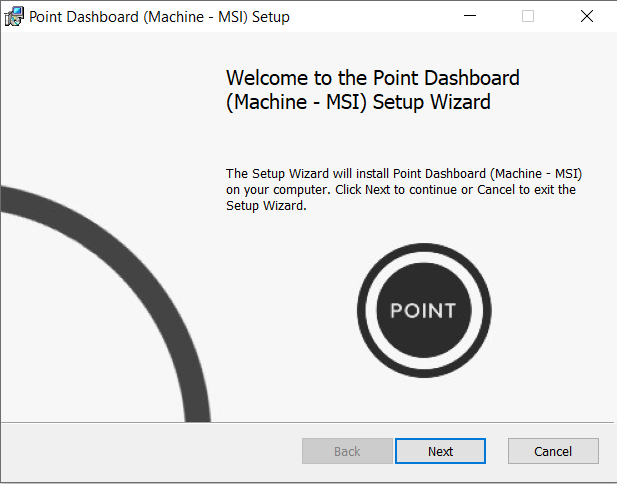
Components of Decentralized Internet
A completely decentralized internet must have all of its parts decentralized to be censorship-resistant, permissionless, and open for everyone. As such, these are the components that constitute replacements for the outdated technological parts people are still using.
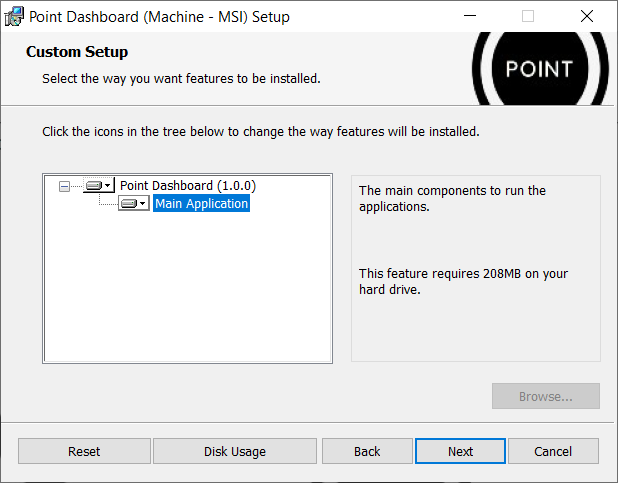
A blockchain (or several)
Blockchains have proven that they can serve as immutable, censorship-resistant data structures, providing ground truth for consensus among many participants that do not inherently trust each other. And while Bitcoin mostly stored only financial transactions on its ledger, Ethereum showed that it is possible to store all kinds of information on it and build all sorts of conditions into this storage, through the creation of smart contracts.
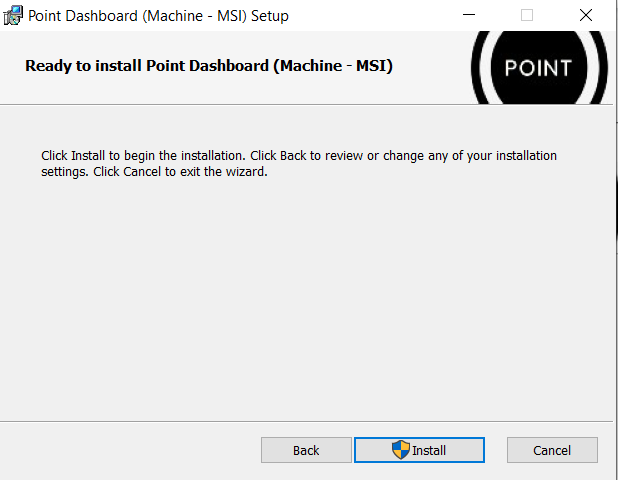
So it makes sense that applications on decentralized internet would live on a blockchain or several blockchains that the web3 software can connect to. For instance, blockchain can host decentralized domains that cannot be taken away or compromised by the central issuing authority, unlike centralized domains.
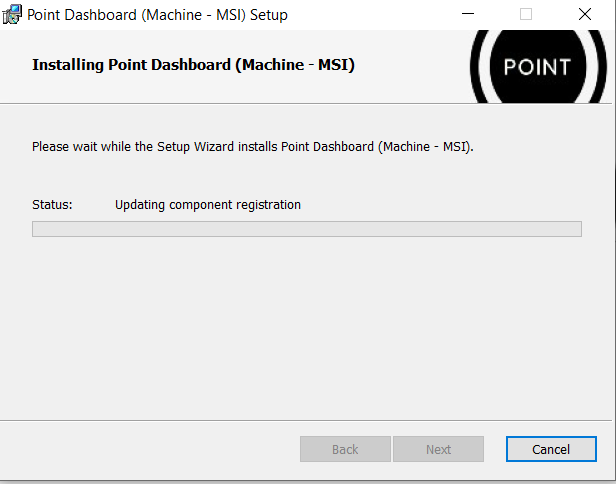
Decentralized storage
Most people are unaware of how much of their data is stored on platforms like Amazon Web Services (AWS), which has over a million servers and supports major services such as Netflix, Facebook, and Spotify.
The fact that there are only a handful of companies in control of our data should be a cause for concern. The current system lacks dispersion of power, leaving it susceptible to abuse and centralization risk.
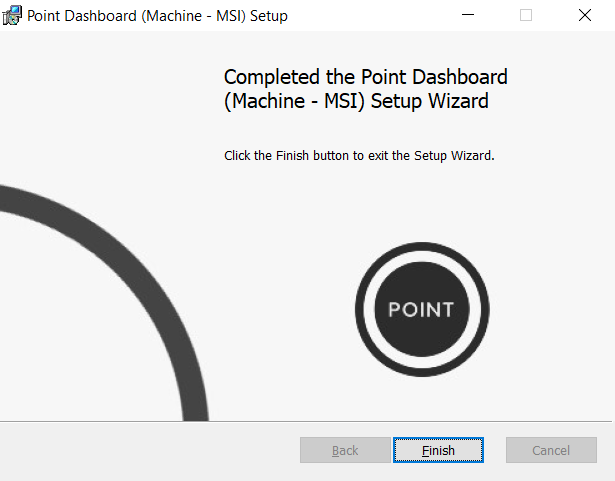
But a blockchain cannot store gigabytes of videos, text, and pictures. It can only store a limited amount of data due to its financial and architectural constraints. That is why decentralized storage solutions such as Arweave and Filecoin have grown in popularity in recent years. They are built on the principle of peer-to-peer file sharing and allow dApps to be kept on thousands of computers (nodes) worldwide.
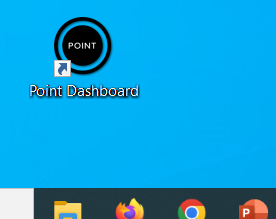
Web3 access software
Since there are no servers in web3, the upgrade to web3.0 happens on users’ computers, and therefore requires an upgrade in their software.
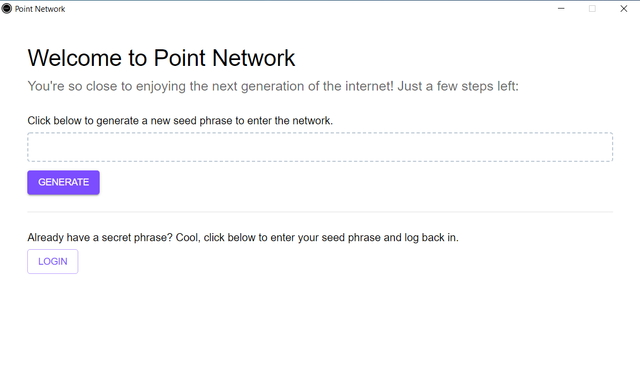
At present, web2 browsers such as Chrome or improved web2 browsers such as Brave allow you to access dApps if you have a blockchain wallet. However, the only decentralized part of these dApss is the smart contract, with centralized domains and storage open to being compromised.
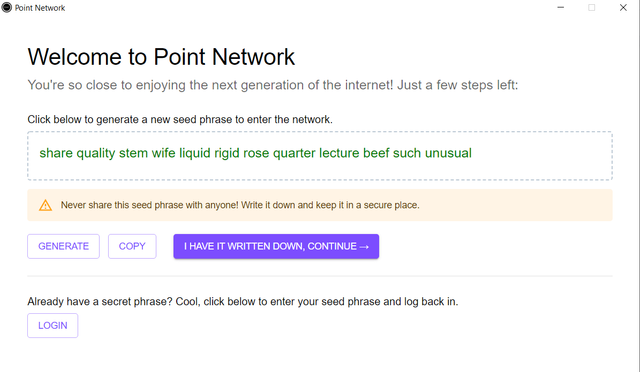
Just like you would need Tor Browser to access Deep Web .onion websites, it makes sense that a major part of Web3 would be a decentralized browser, providing access to web3.
Blockchain wallet
Your identity in the blockchain world is your wallet. It allows you to store and manage your digital assets and interact with contracts on the blockchain.
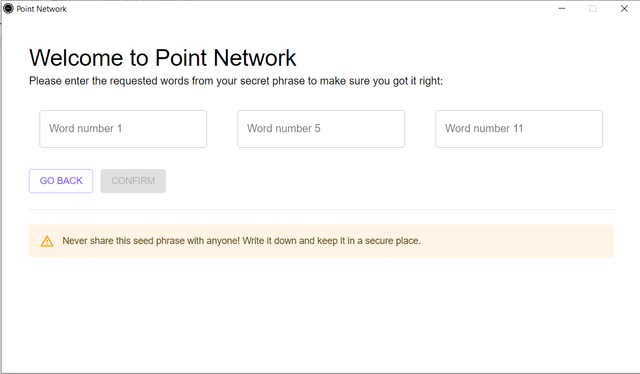
You can think of it as a bank account, but it stores tokens that represent value instead of money.

The amount of tokens in your wallet is tracked on the blockchain and is tied to your unique public key.
In order to spend funds from your wallet, you need to prove ownership. You can prove that the wallet belongs to you using a private key (your seed, a Secret Private Key Recovery Phrase). This could be applied in many ways to interact with decentralized applications (dApps), smart contracts, and decentralized autonomous organizations (DAOs).
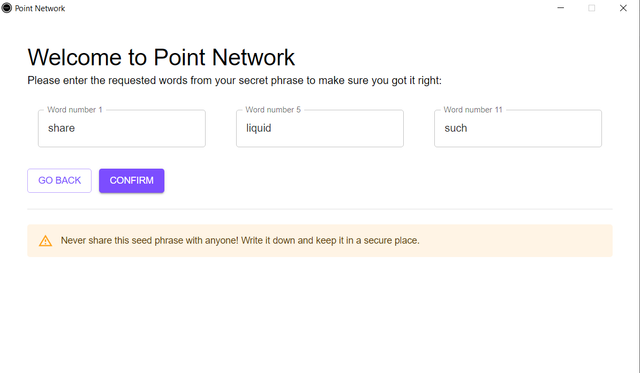
How to connect to Decentralized Internet with Point Network
Point Network is the world’s first full web3 architecture, combining decentralized domains, decentralized storage, and decentralized identities, and having a web3 browser and a wallet as part of its software suite. As of now, we are not aware of any other project that pushes for radical decentralization and implements it this way (if you are, tell us in the comments).
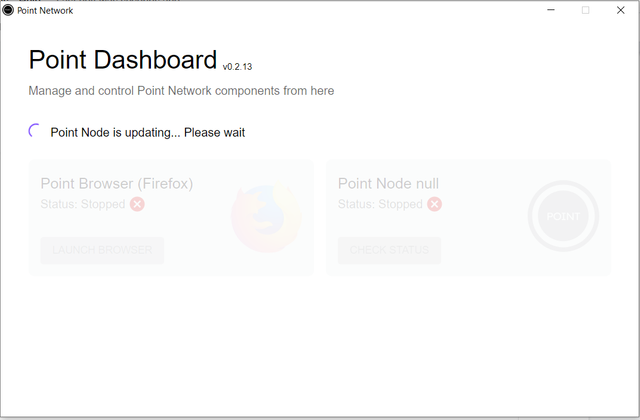
So, to access the real web3 space, you can play with the new alpha version of Point Network we’ve recently released. You can even be an early alpha tester and get paid for helping test the early releases!
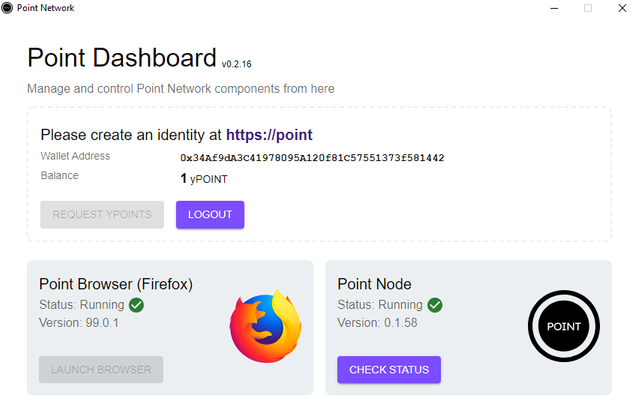
Steps:
Fill out this short form: https://forms.gle/bHvMWNMeHDCgSt6D6
You’ll be contacted soon — rewards will be given to those who complete the test and submit their feedback!
After obtaining the most recent release for your operating system (MAC, Windows, or Linux), on Windows, for example, simply unzip and install the downloaded zip file before running the installer. You will be greeted by the Setup Wizard; simply follow the instructions by clicking ‘Next’.
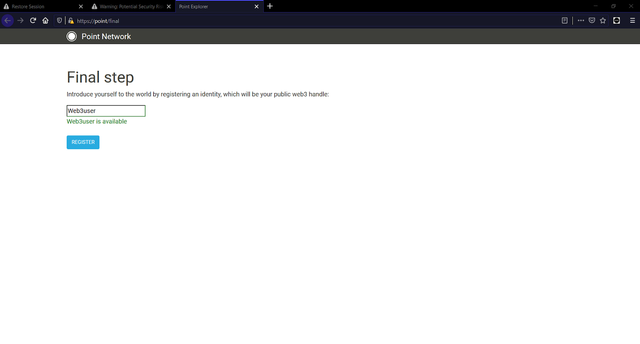
On the second window, simply leave the custom setup as it is and click Next.
On the third window, click Install to begin the installation procedure on your PC.
Wait a few seconds for the Wizard to finish.
Finally, click the Finish button to exit the setup.
Now, navigate to your Desktop and double-click on the Point Dashboard icon.
A new welcome screen will appear, and you will need to produce a new seed phrase in order to access the decentralized web.
Click on ‘GENERATE’ to get your 12 words seed phrase, make sure to copy it and store it somewhere safe, for example:
Write it down on a piece of paper and store it in a safe and secure place.
Store inside a Password Manager.
Store inside a password-protected Note on Notes for iOS, Samsung Notes for Android, or OneNote.
After that click on the ‘I HAVE IT WRITTEN DOWN, CONTINUE’ button.
You will be asked to enter three of your seed words in the following window.
The ‘CONFIRM’ button will be activated when you correctly enter the three seed words.
After you click ‘CONFIRM’, the POINT Dashboard window will display. Wait a few seconds for the Point Node to refresh and the Point Browser to launch.
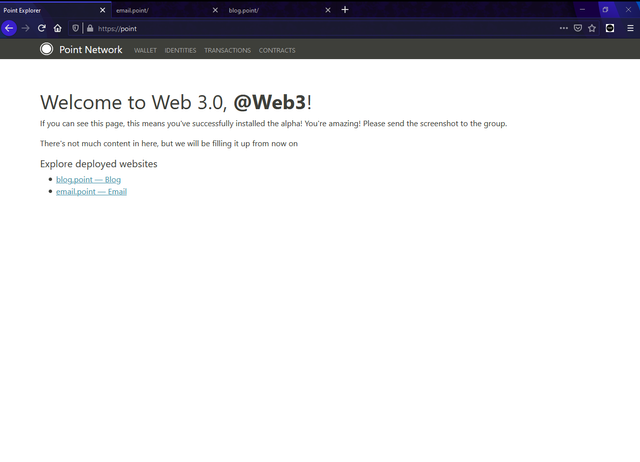
Check that the Point Browser and Point Node statuses are both active.
Go to the new Point browser Window to complete the last step by registering an identity, which will be your public web3 handle.
Check that it is available and then click “REGISTER.”
A confirmation popup window will appear, asking if you’re sure about your new handle. Click on ‘Sure’!
And presto!
You are now officially on the true Decentralized web, where there is no connectivity to the legacy internet and only a one-of-a-kind Web3 experience.
You can start by Exploring the deployed websites
blog.point - Blog
email.point - Email
Enjoy being early at Web3!
I love point network
Downvoting a post can decrease pending rewards and make it less visible. Common reasons:
Submit
Me too
Downvoting a post can decrease pending rewards and make it less visible. Common reasons:
Submit
their roadmap looks overwhelming
Downvoting a post can decrease pending rewards and make it less visible. Common reasons:
Submit
Can't wait till their POINT TUBE
Downvoting a post can decrease pending rewards and make it less visible. Common reasons:
Submit
yeah that one will be huge
Downvoting a post can decrease pending rewards and make it less visible. Common reasons:
Submit